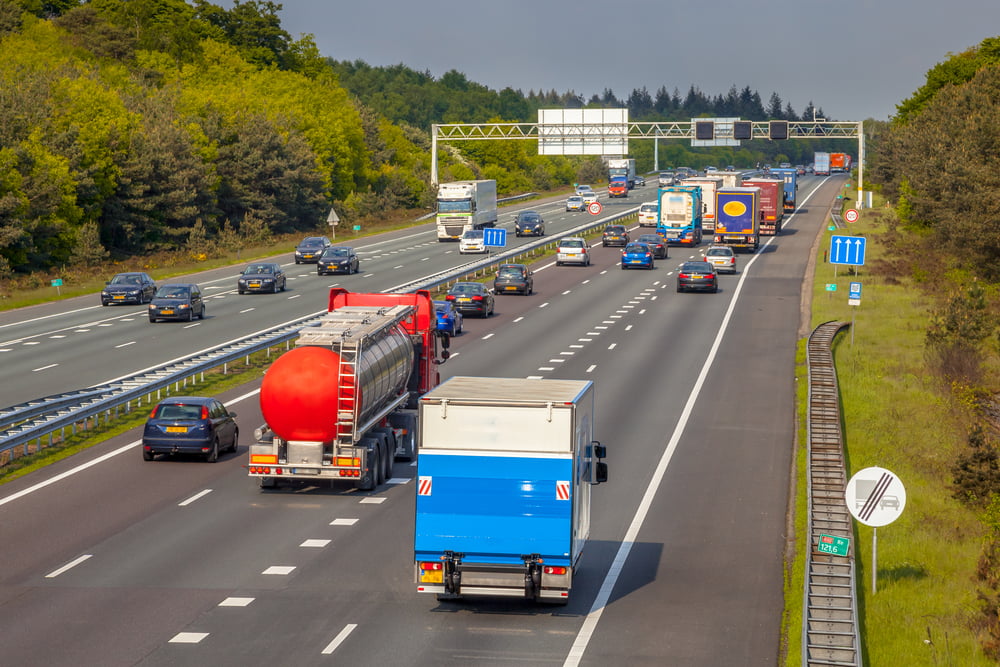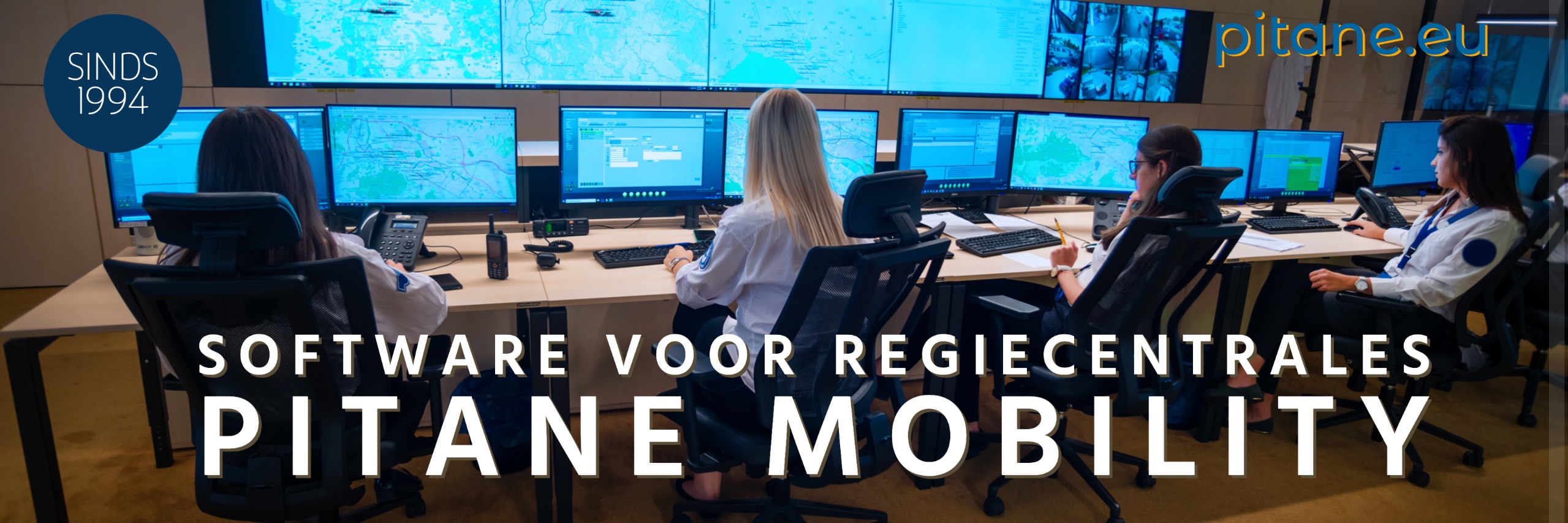With the NDW viewer, users as traffic control centers can display real-time information on a map.
A breakdown, and a sudden traffic jam due to lost cargo, increasing traffic. Anything can happen on the road. How does the road remain as safe as possible, and how does traffic flow remain optimal? Road authorities do not have an easy task. An incident can occur at any time, which must be dealt with as quickly as possible. At the same time, traffic must pass. This naturally results in clammy hands and requires a high level of resistance to stress. Fortunately, there is the viewer. The NDW viewer helps!
Real time information
With the NDW viewer, users as traffic control centers can display real-time information on a map. This creates a digital twin of the actual situation outside on the road. A multitude of data sources can be displayed on the map, so that road authorities can see the correct current information. In this way it is easy to detect incidents and monitor traffic situations. The NDW viewer displays traffic data. Tony Meeuwsen is the product owner of the viewer.
'Thanks to our viewer, the road manager always has an up-to-date picture of his area. Take current speeds, for example. We measure the average speed via Floating Car Data and roadside systems. If a road manager sees the speed decrease, there is probably something wrong. You could then take a look with cameras, or a road inspector would be sent there. The viewer is therefore very useful, because the hectometre poles are also included as an information layer. Because you already know before a report is made that something may be going on, you can also make preparations for a lane closure or a diversion via the Diego application, for example.'
Tony Meeuwsen, product owner of the viewer.

What does road manager Rijkswaterstaat do with the NDW viewer?
Niek Bosch is working at the South Netherlands traffic control center as a road traffic controller. 'We detect breakdowns, accidents and objects on the road with the NDW viewer. If an incident is confirmed several times within a few minutes, we most likely know what it says. We mainly use this viewer in the quiet hours, so at night and on weekends. When we see a report, we try to verify it with cameras, and if there are many confirmations in a short time, we send a road inspector and possibly a recovery company that way.'
'With our viewer you can also perform the checks to check image positions to see whether, for example, detour or matrix signs provide the correct information. Or check whether a rush-hour lane is open. Also a nice one: a bridge opening. If a traffic jam arises in a village centre, it could just be due to an open bridge. The same applies to road works. In that case you can calmly pour the coffee again.'
Tony Meeuwsen, product owner of the viewer.
Developments of the Viewer and let us know
In addition to the examples above, the viewer offers a lot of other data streams, and that number continues to grow. A new development is that they can now also show safety-related (sensor) information from vehicles on the map and that they can also link locations to the historical database Dexter, so that you can use the map to see what the traffic situation was like in the past. This helps with the preparation of analyses. Tony and the Real Time team from N.D.W. work daily on the Viewer to support road authorities as best as possible, and to guide everyone safely home to the potatoes.
'We are always looking for new applications so that our roads become safer and cleaner, and the traffic flow remains optimal. But smaller adjustments also require our attention. We really work from the user's perspective, so we pay a lot of attention to usability and visual improvements. We would like to hear how users experience the viewer and how we can support them even better. Will you help us and yourself forward? Send your findings to our service desk!'
Tony Meeuwsen, product owner of the viewer.



